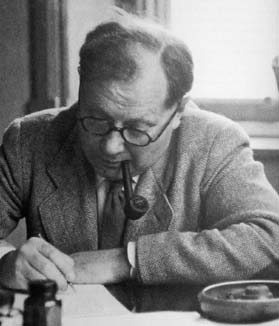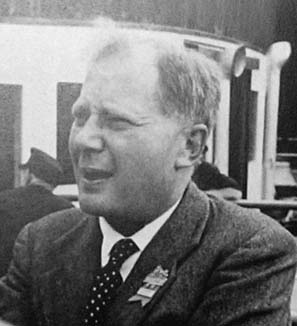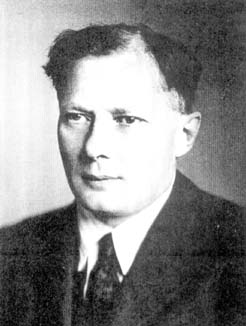<Back to Index>
- Mathematician John Henry Constantine Whitehead, 1904
- Painter Jean Édouard Vuillard, 1868
- King of Spain Charles IV, 1748
PAGE SPONSOR


John Henry Constantine Whitehead (11 November 1904–8 May 1960), known as Henry, was a British mathematician and was one of the founders of homotopy theory. He was born in Chennai (then known as Madras), in India, and died in Princeton, New Jersey, in 1960.
J.H.C. (Henry) Whitehead was the son of the Right Rev. Henry Whitehead, Bishop of Madras, and Isobel Duncan, who had studied mathematics at Oxford, and was the nephew of Alfred North Whitehead. He was brought up in Oxford, went to Eton and read mathematics at Balliol College, Oxford, where he co-founded the The Invariant Society, the student mathematics society. After a year working as a stockbroker, he started a Ph.D. in 1929 at Princeton University. His thesis, titled The representation of projective spaces, was written under the direction of Oswald Veblen in 1930. While in Princeton, he also worked with Solomon Lefschetz.
He became a fellow of Balliol in 1933. In 1934 he married the concert pianist Barbara Smyth, great - great - granddaughter of Elizabeth Fry and a cousin of Peter Pears; they had two sons. During the Second World War he worked on operations research for submarine warfare. Later, he joined the codebreakers at Bletchley Park, and by 1945 was one of some fifteen mathematicians working in the "Newmanry", a section headed by Max Newman and responsible for breaking a German teleprinter cipher using machine methods. Those methods included the Colossus machines, early digital electronic computers.
From 1947 to 1960 he was the Waynflete Professor of Pure Mathematics at Magdalen College, Oxford.
He became president of the London Mathematical Society (LMS) in 1953, a post he held until 1955. The LMS established two prizes in memory of Whitehead. The first is the annually awarded, to multiple recipients, Whitehead Prize; the second a biennially awarded Senior Whitehead Prize.
In the late 1950s, Whitehead approached Robert Maxwell, then chairman of Pergamon Press, to start a new journal, Topology, but died before its first edition appeared in 1962.
His definition of CW complexes gave a setting for homotopy theory that became standard. He introduced the idea of simple homotopy theory, which was later much developed in connection with algebraic K-theory. The Whitehead product is an operation in homotopy theory. The Whitehead problem on abelian groups was solved (as an independence proof) by Saharon Shelah. His involvement with topology and the Poincaré conjecture led to the creation of the Whitehead manifold. The definition of crossed modules is due to him. Whitehead also made important contributions in differential topology, particularly on triangulations and their associated smooth structures.
